
WHEAT HARROW
A tined wheat harrow, also known as a tine harrow, is a type of agricultural implement used for soil cultivation, weed management, and seedbed preparation, particularly in wheat farming. Tined harrows are characterized by their use of flexible tines—long, slender prongs made of metal or other durable materials—that penetrate the soil as the implement is dragged across the field. Key Features and Functions of a Tined Wheat Harrow: Tine Configuration: Tines are usually arranged in rows and can vary in number and length, depending on the design of the harrow. They can be straight, angled, or even coiled, each configuration serving different soil conditions and purposes. Soil Cultivation: Tined harrows effectively break up clods of soil and aerate the top layer, creating a finer seedbed that is ideal for planting wheat seeds. They help in mixing surface organic matter back into the soil, which is beneficial for soil structure and fertility. Weed Control: The tines can disturb or uproot small weeds and their root systems without harming the established wheat plants. This helps to manage weed populations and reduce competition for nutrients and water. Versatility: Tined harrows can be used in various soil types and conditions. They can work effectively in both dry and moist soils, making them versatile tools for different farming practices. Adjustability: Many tined harrows come with adjustable tines that allow farmers to change the depth of operation depending on soil conditions and desired outcomes. This feature contributes to their effectiveness in different stages of crop growth. Operational Efficiency: Tines are typically lightweight and can cover a large area quickly while still providing effective soil disturbance. This efficiency can lead to time and labor savings on larger farming operations. When to Use a Tined Wheat Harrow: Before Planting: To prepare a fine seedbed, improve soil aeration, and incorporate organic matter. After Emergence: To control weeds while minimizing disruption to the crops. This is often referred to as "inter-row cultivation" and is particularly useful in organic farming practices. Throughout the Growing Season: Depending on conditions, they can be used several times to maintain soil health and manage weeds. Conclusion: A tined wheat harrow is a valuable tool in wheat farming, aiding in soil preparation, weed management, and overall crop maintenance. Its design allows for effective cultivation and flexibility, making it an essential component of modern agricultural practices. If you have specific questions or would like more detailed information on the use or benefits of tined harrows, feel free to ask!
...more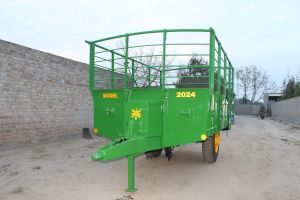
Trolley

SUGARCANE RIDGER (3 BOTTOM)
Sugarcane Ridger: Overview and Benefits A sugarcane ridger is a specialized agricultural tool utilized predominantly in the cultivation of sugarcane. Its primary function is to prepare the soil by forming furrows or ridges, which facilitate planting and ensure optimal growth conditions for the crop. The use of ridgers in sugarcane farming offers several advantages: Key Features Soil Preparation: The ridger creates well-defined ridges in the soil where sugarcane can be planted. This soil arrangement enhances the root zone environment. Drainage Improvement: Ridges promote better drainage, crucial in regions prone to waterlogging. Improved drainage helps prevent root diseases that can arise from stagnant water. Weed Control: The elevation of the sugarcane rows can help in suppressing weeds. Reduced competition from weeds allows sugarcane to grow more vigorously. Sunlight Exposure: Ridges increase the surface area exposed to sunlight. This exposure is important for photosynthesis, leading to better growth and yield. Soil Aeration: The process of ridging breaks up compacted soil, enhancing air circulation. Good aeration is essential for healthy root development. Mechanization: Most sugarcane ridgers are compatible with tractors, making them efficient for large-scale operations. Mechanization reduces labor costs and time associated with manual soil preparation. Types of Sugarcane Ridgers Single-Row Ridger: Suitable for smaller fields or plots where sugarcane is planted in single rows. Multi-Row Ridger: Designed to work on multiple rows simultaneously, ideal for larger sugarcane plantations. Adjustable Ridger: Can be modified to alter the width and depth of ridges as per specific agronomic requirements. Operational Considerations Soil Type: The effectiveness of a sugarcane ridger can depend on the soil's texture and composition. Clayey soils might require different handling than sandy soils. Moisture Levels: It's best to operate the ridger in suitable soil moisture conditions. Soils that are too wet may become compacted, while overly dry soils might be difficult to work with. Follow-Up Practices: After ridging, additional preparations might include planting, applying fertilizers, and managing irrigation. Best Practices for Use Calibration: Ensure that the ridger is properly set up for the specific planting configuration, which includes row spacing and ridge height. Regular Maintenance: Routine checks on the ridging equipment are necessary to ensure efficient operation and to prolong the lifespan of the implement. Field Layout: Plan field layouts in advance to maximize the efficiency of ridging and subsequent planting operations. Integrated Weed Management: Combine ridging with other weed control methods, such as mulching or herbicide application, for optimal results. Conclusion In summary, sugarcane ridgers play a vital role in the effective cultivation of sugarcane by enhancing soil preparation, improving drainage, and aiding in weed management. Choosing the right type of ridger and adhering to best practices can significantly impact sugarcane yields, making this implement an essential tool in modern sugarcane farming. Whether for smallholder farmers or large agricultural enterprises, understanding the functionality of sugarcane ridgers can lead to more productive and sustainable farming outcomes.
...more
SUB SOILER - 2 TYNES

horticulture rotary tiller
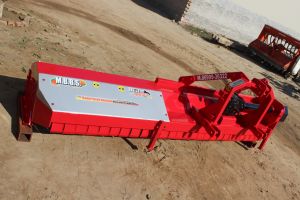
9 feet agriculture tractor mulcher
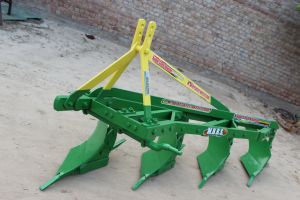
MOULD BOARD PLOUGH (4 BOTTOMS)
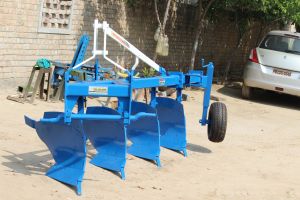
MOULD BOARD PLOUGH - 4 BOTTOM (CROP RESIDUE MANAGEMENT)

MOULD BOARD PLOUGH (3 BOTTOMS)
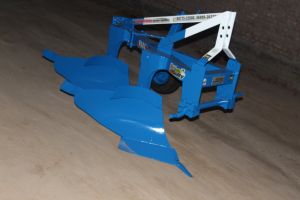
MB PLOUGH - 2 BOTTOM (CROP RESIDUE MANAGEMENT)
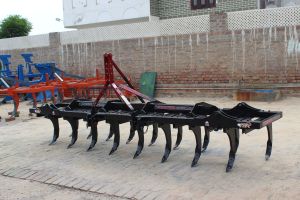
MANUAL FOLDING CULTIVATORS - 17 TYNES (LASER CUT TYNES)

Laser Land Leveller

Land Leveler
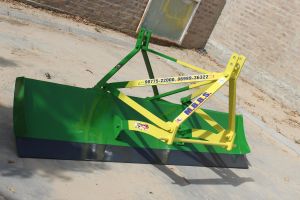
double side land leveler
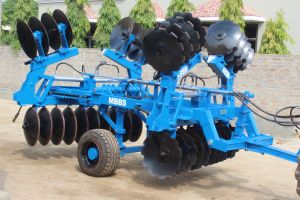
HYDRAULIC FOLDING DISC HARROWS
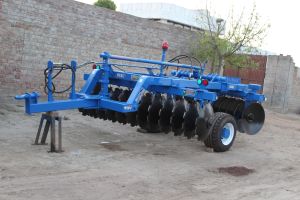
HYDRAULIC DISC HARROWS
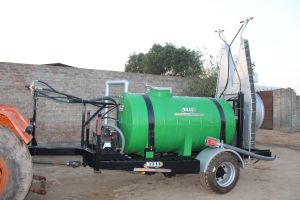
Horticulture Sprayer

fully adjustable land leveler
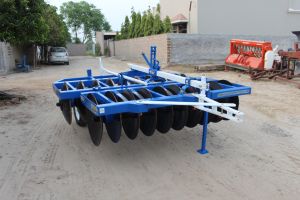
ELITE DISC HARROWS
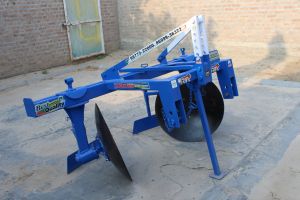
DISC RIDGER - FULLY ADJUSTABLE

CULTIVATORS WITH ROLLER
A cultivator with a roller is a type of agricultural equipment used for soil preparation and seedbed formation in farming. The cultivator is used to break up and loosen the soil, while the roller helps in leveling and firming the soil for planting. This equipment is commonly used in the preparation of seedbeds for planting crops such as wheat, corn, and soybeans. It helps improve soil structure, moisture retention, and seed germination by creating a suitable environment for plant growth.
...more
COTTON SEALER CUM FERTILIZER DRILL
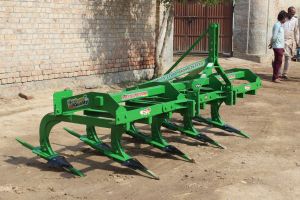
CHISEL PLOUGH - 9 TYNES
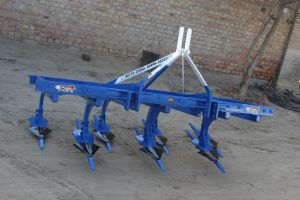
CHISEL PLOUGH - 7 TYNES (PRESSED TYNES)
Be first to Rate
Rate ThisOpening Hours